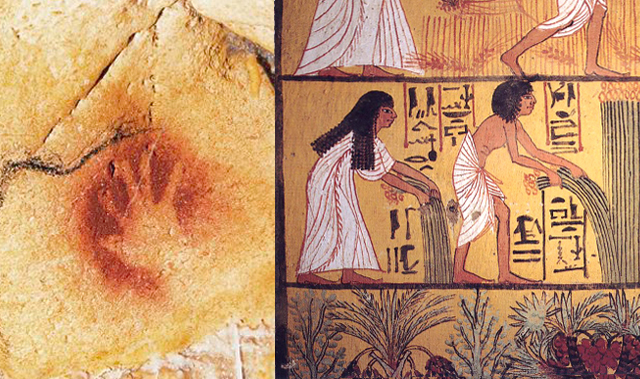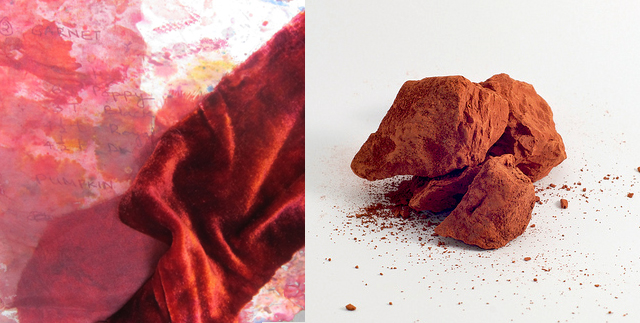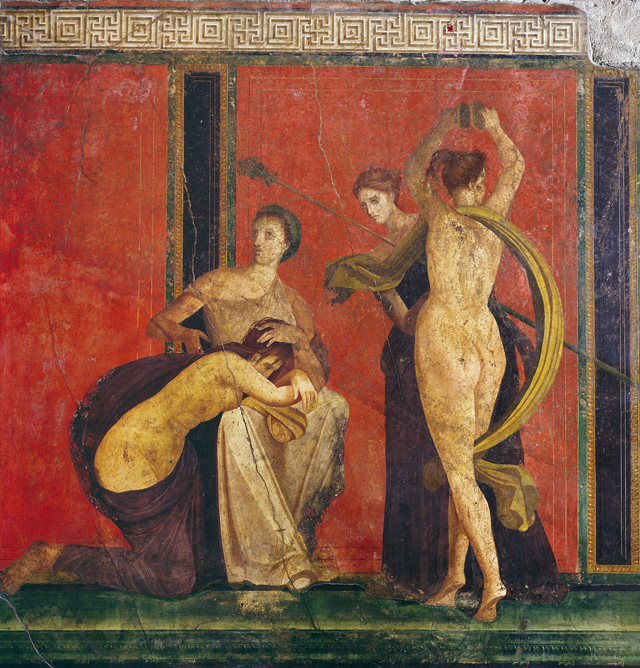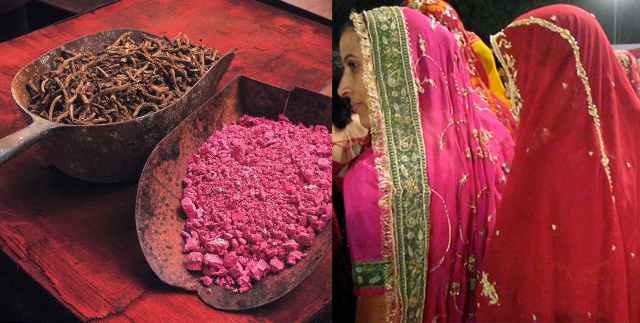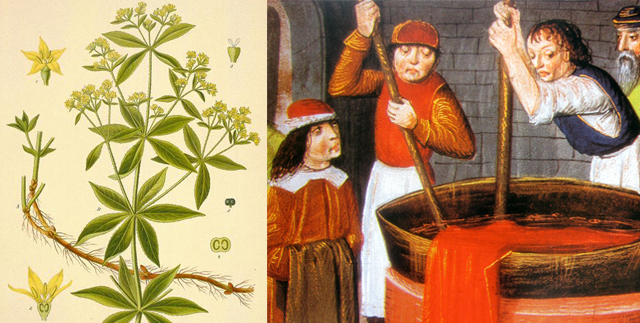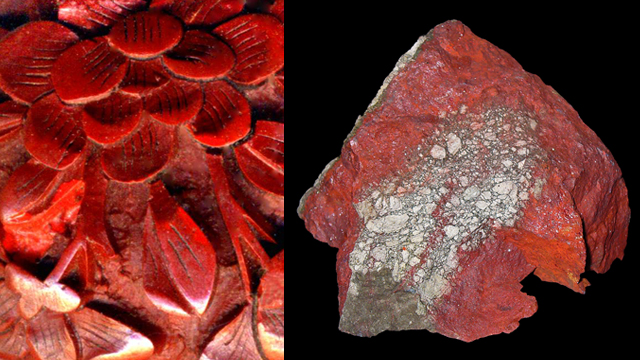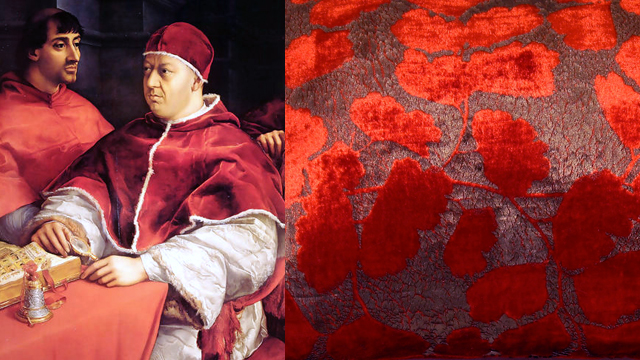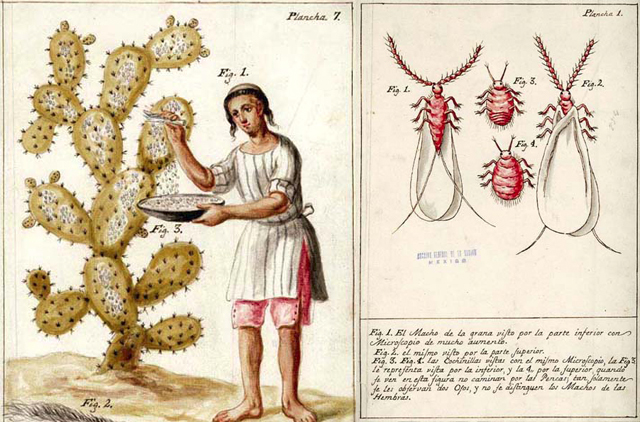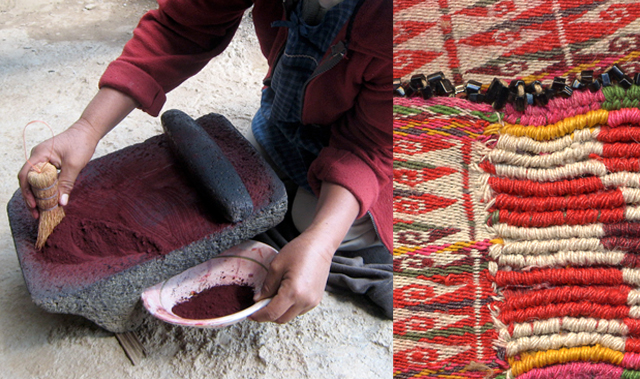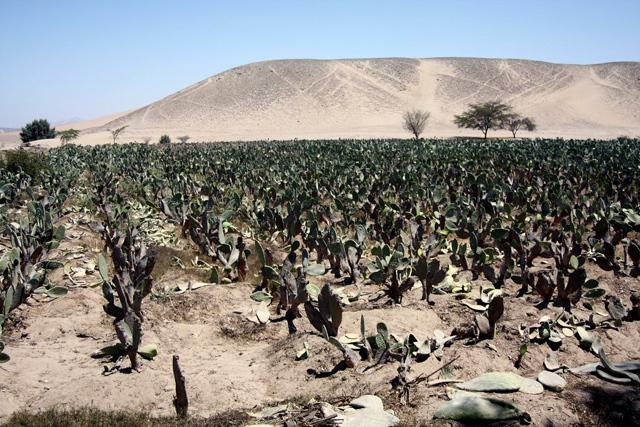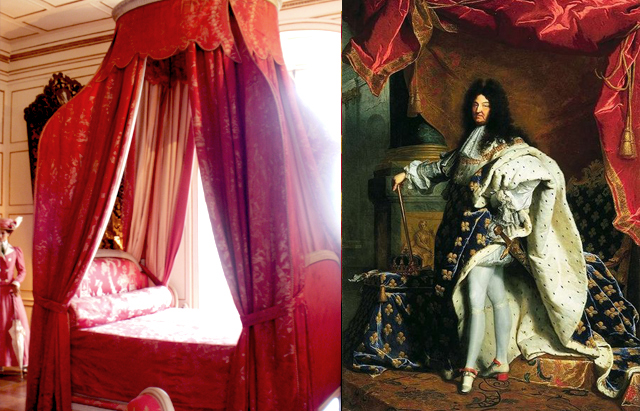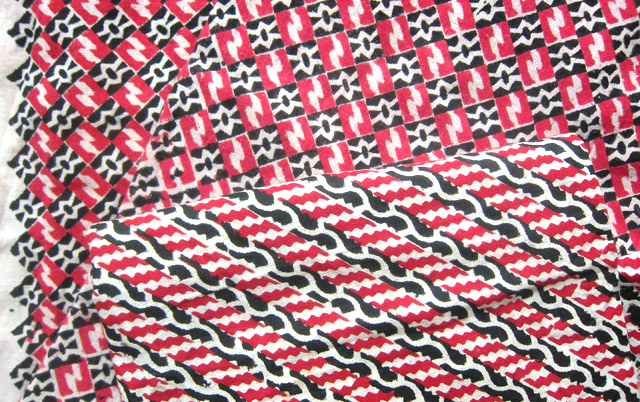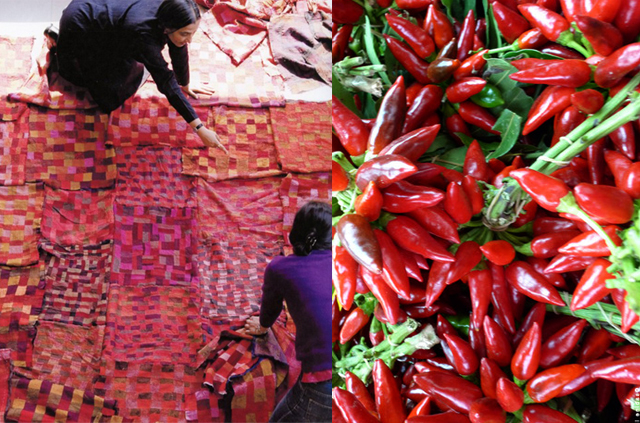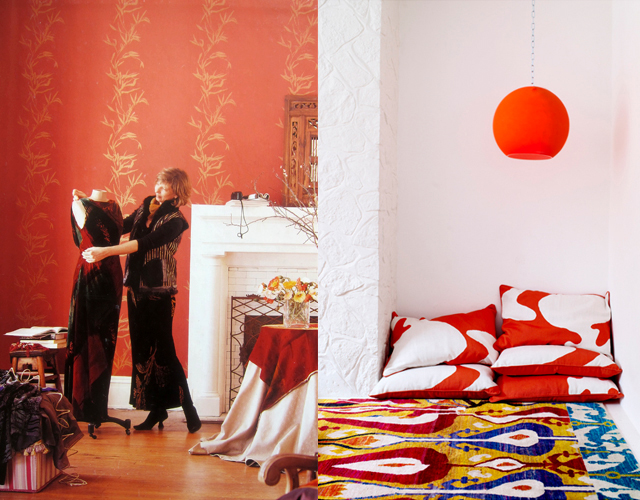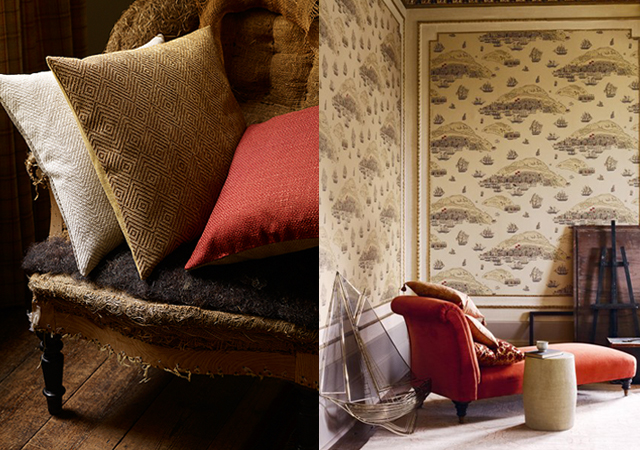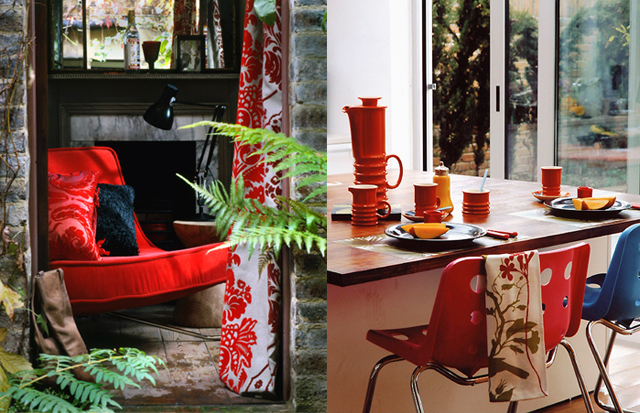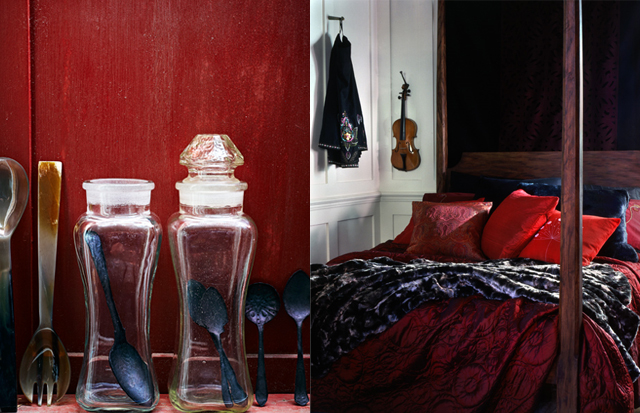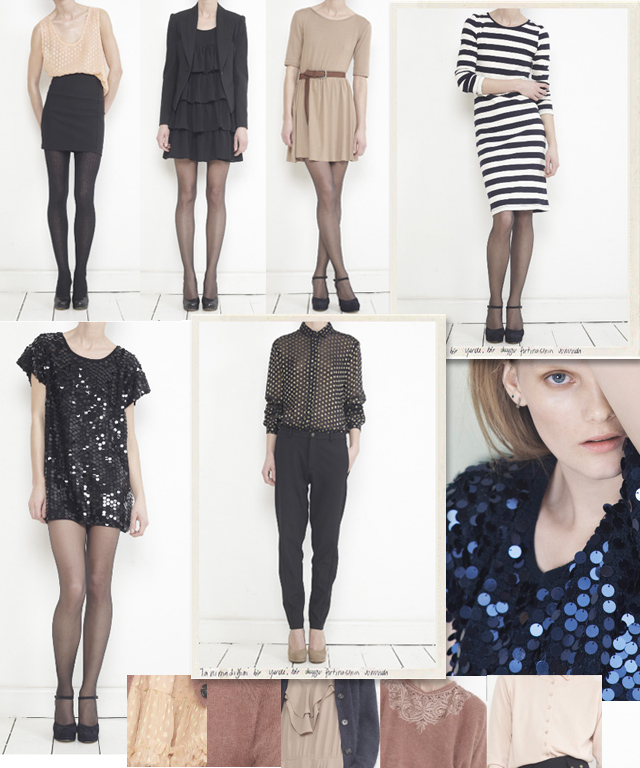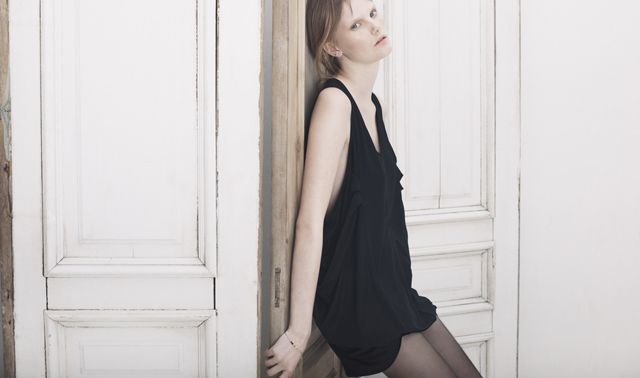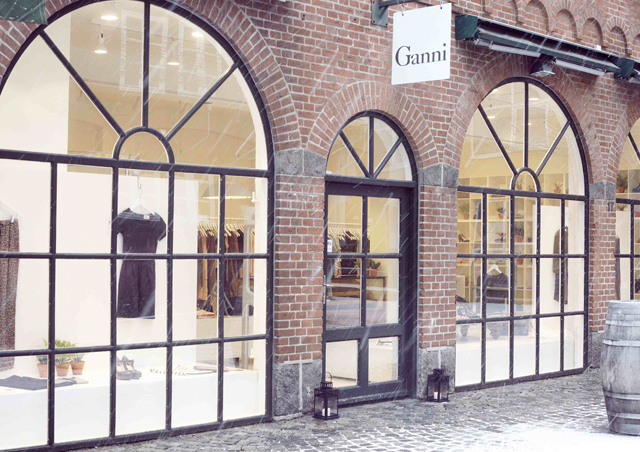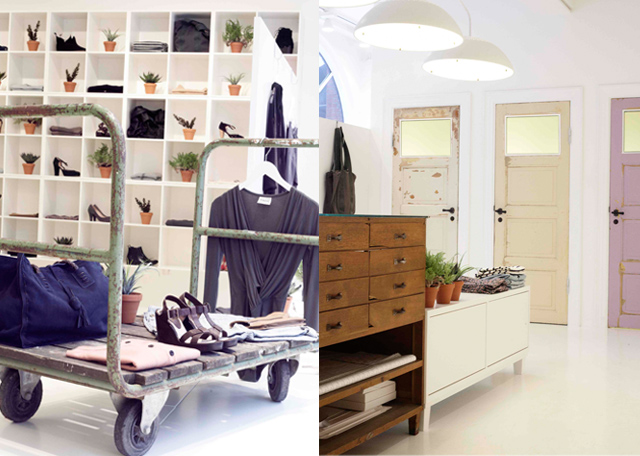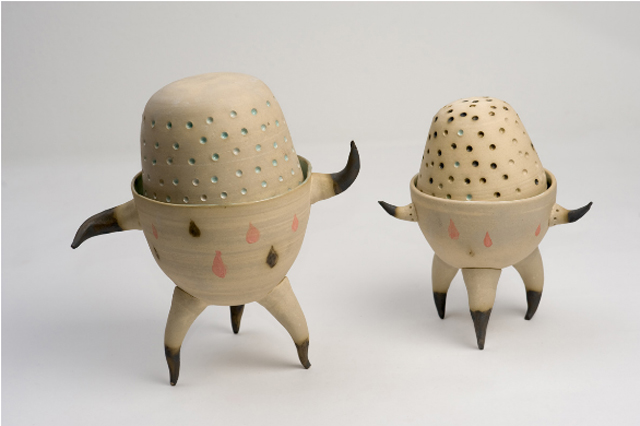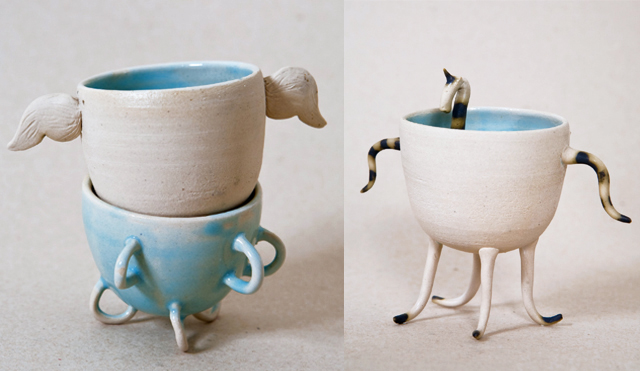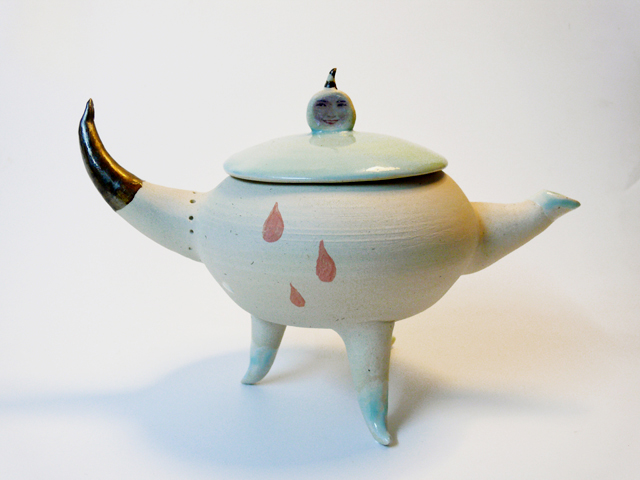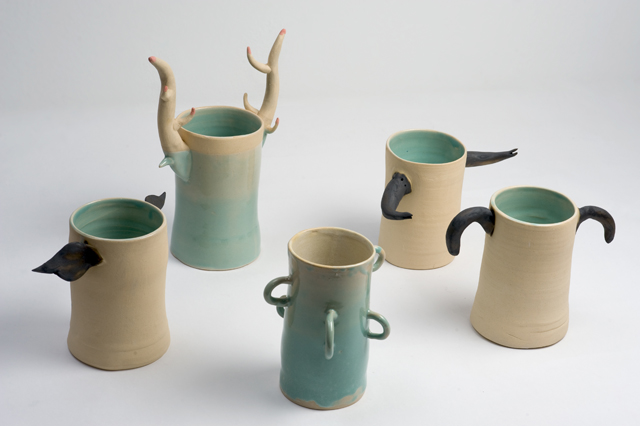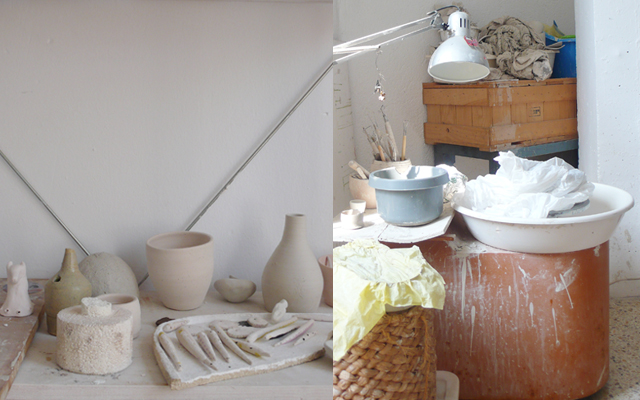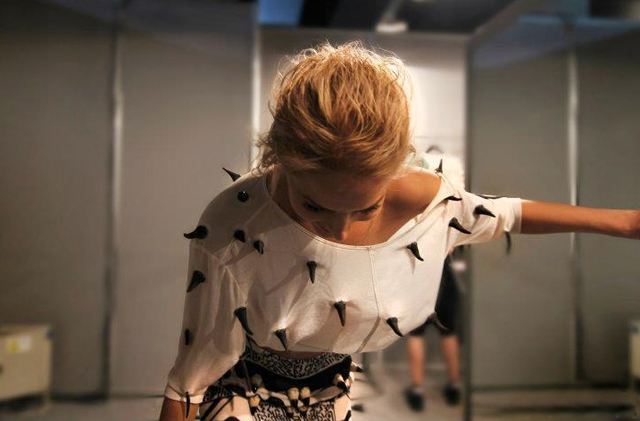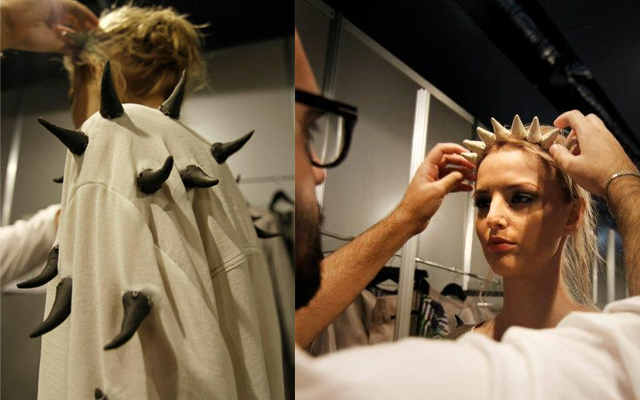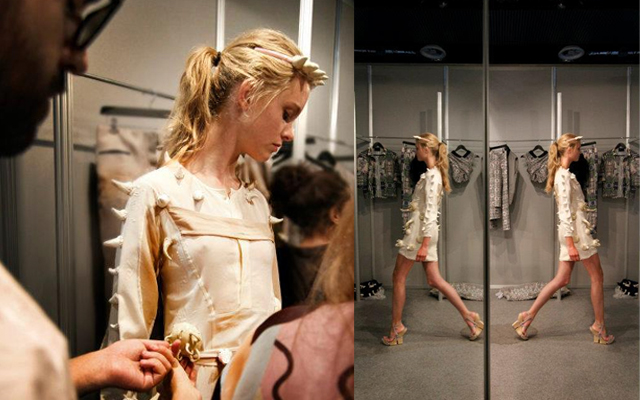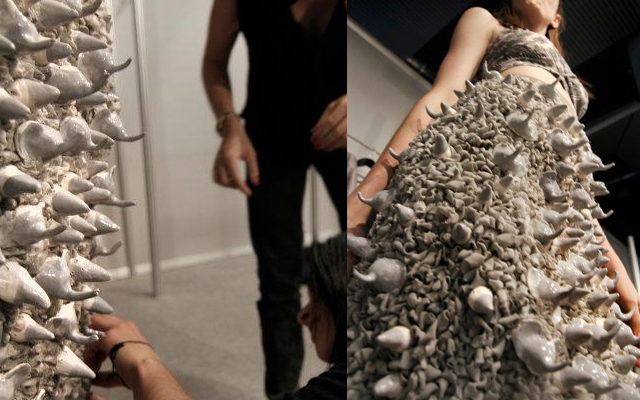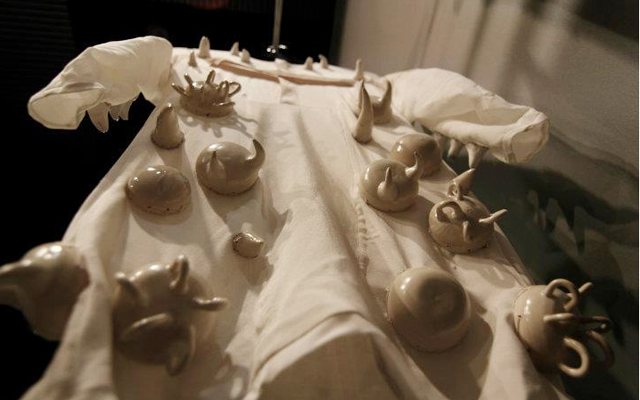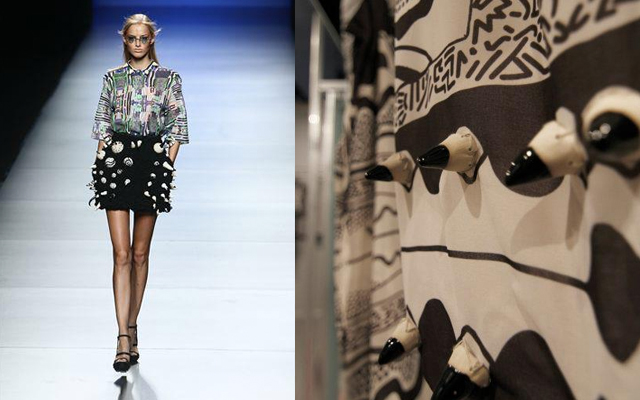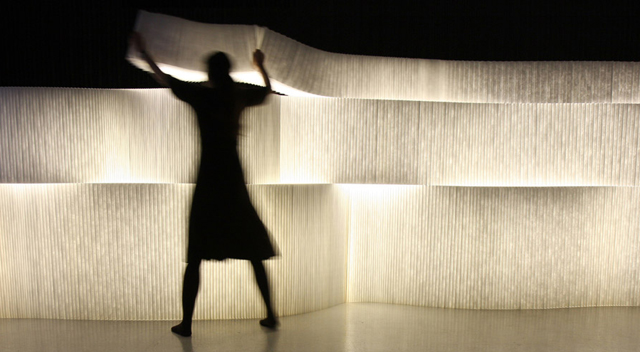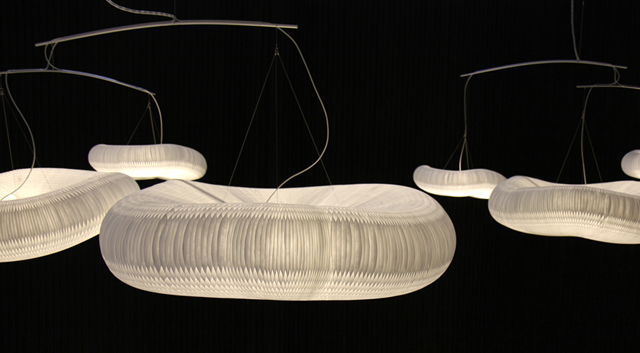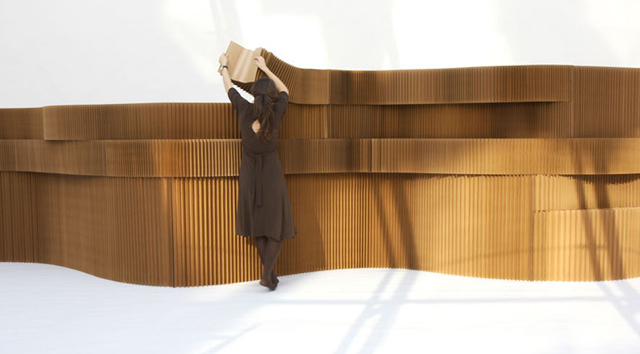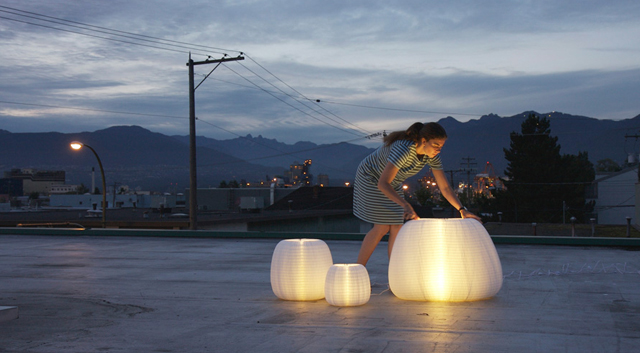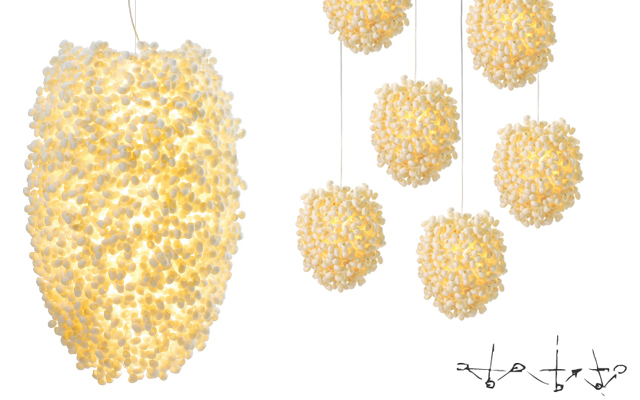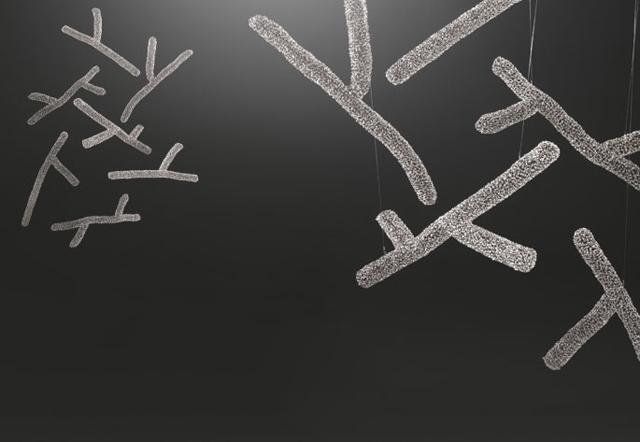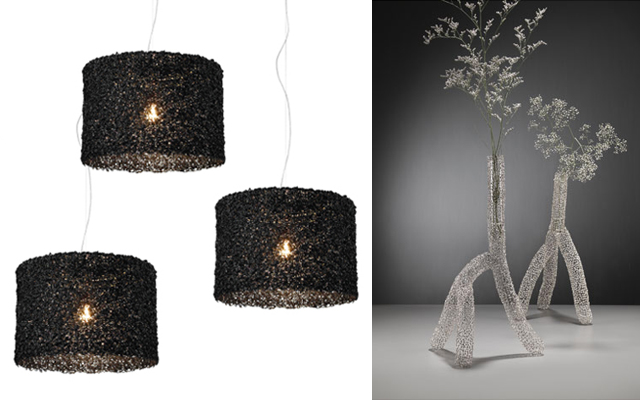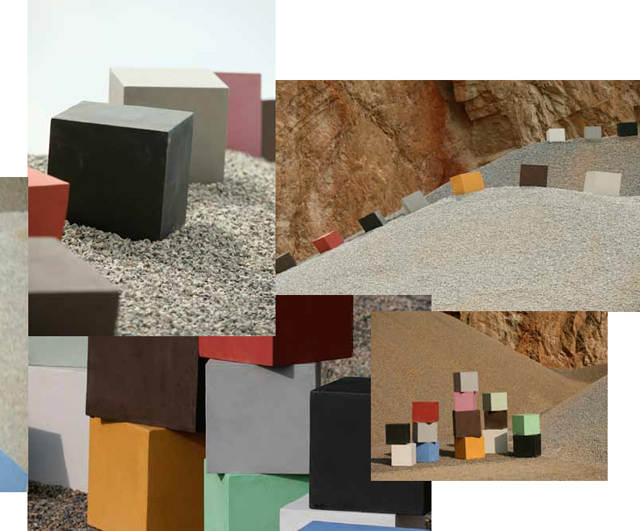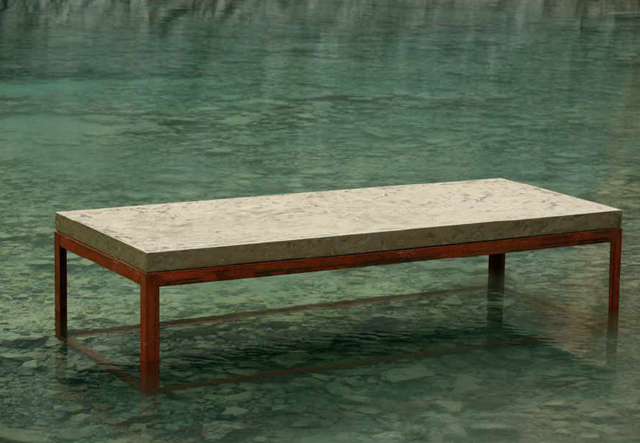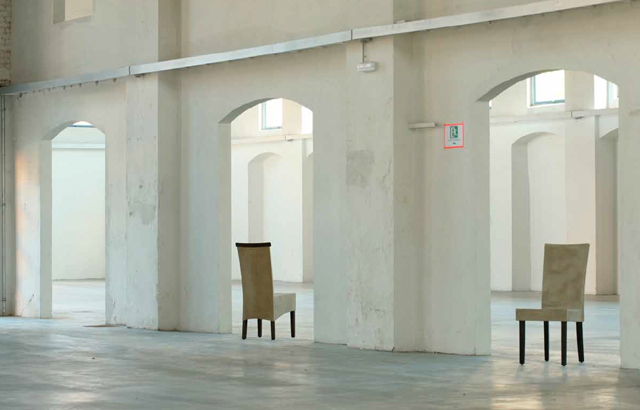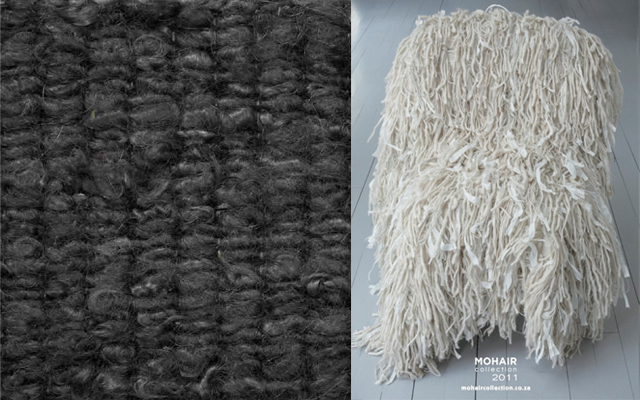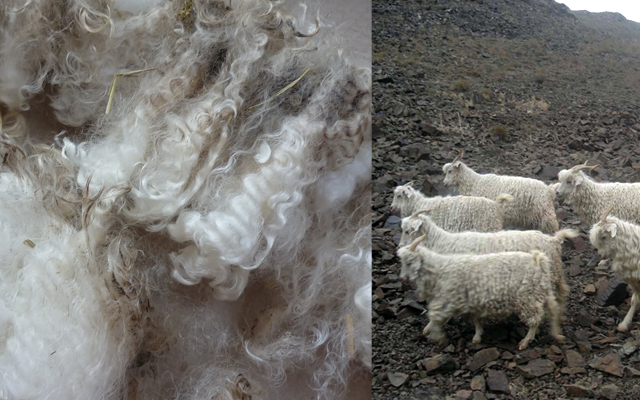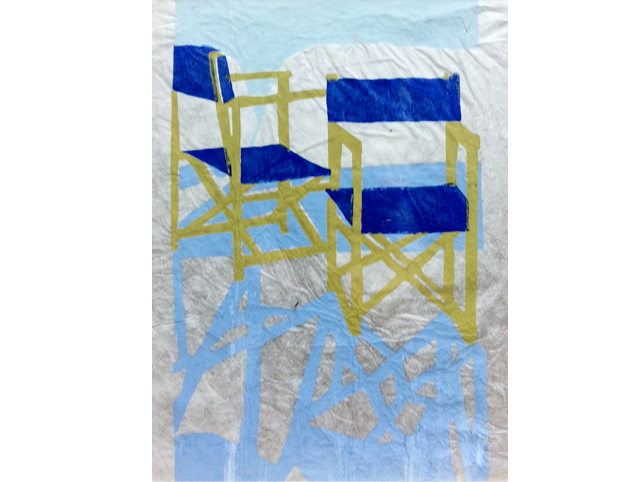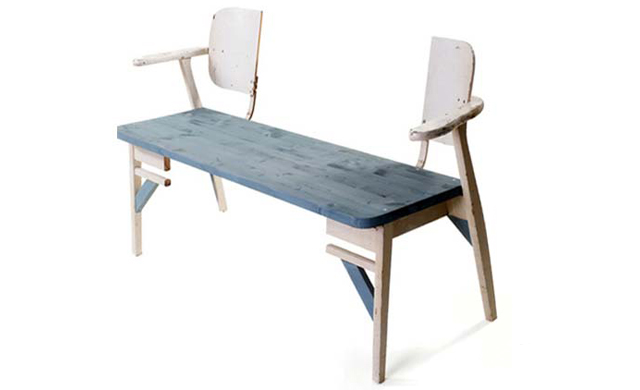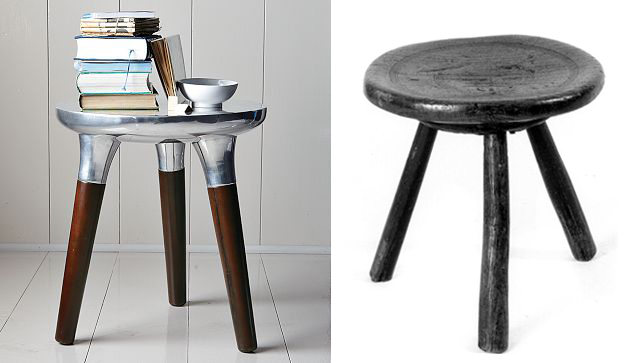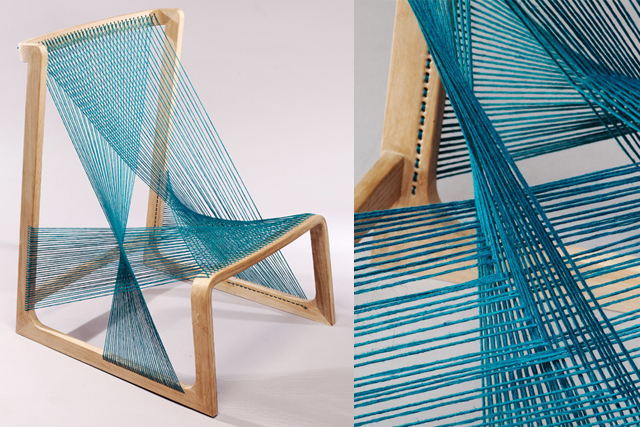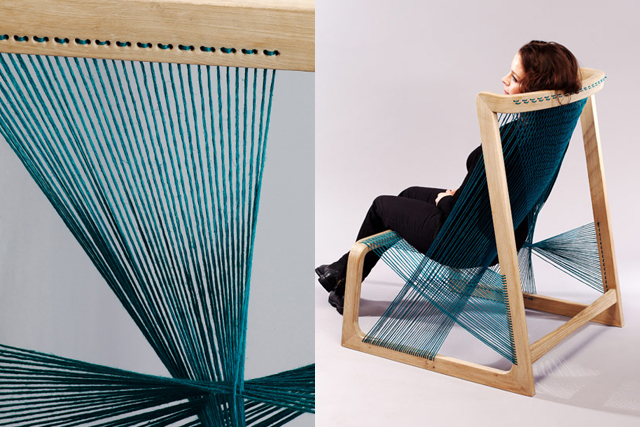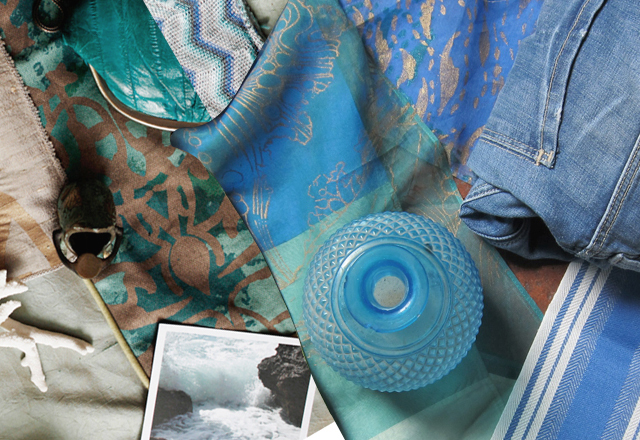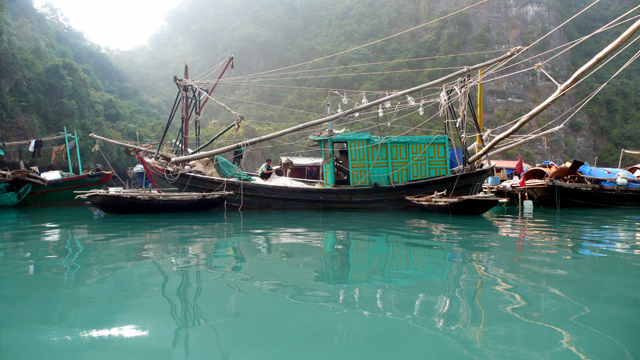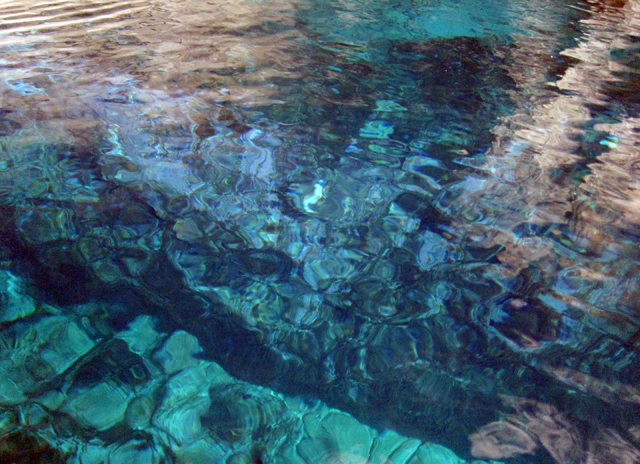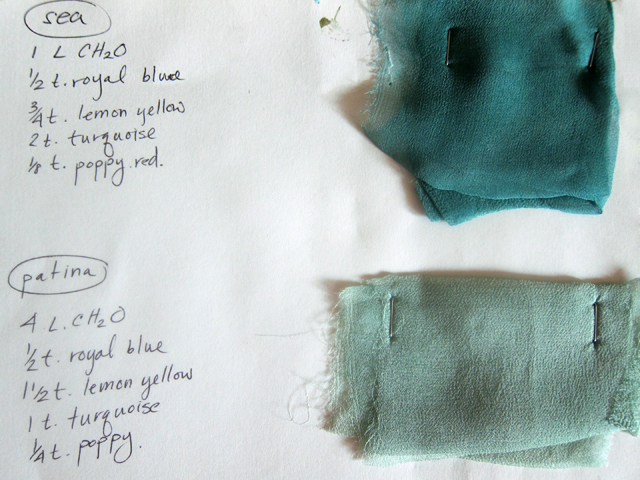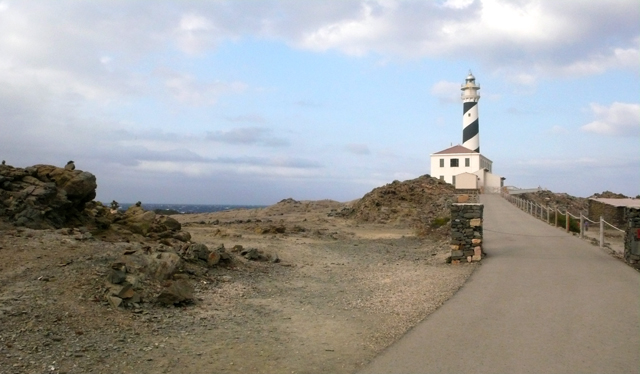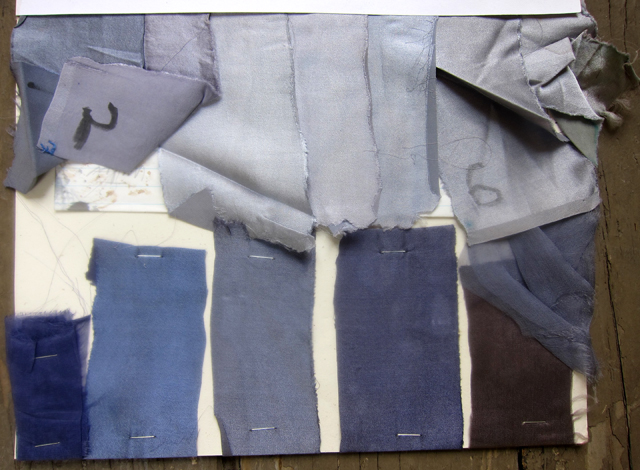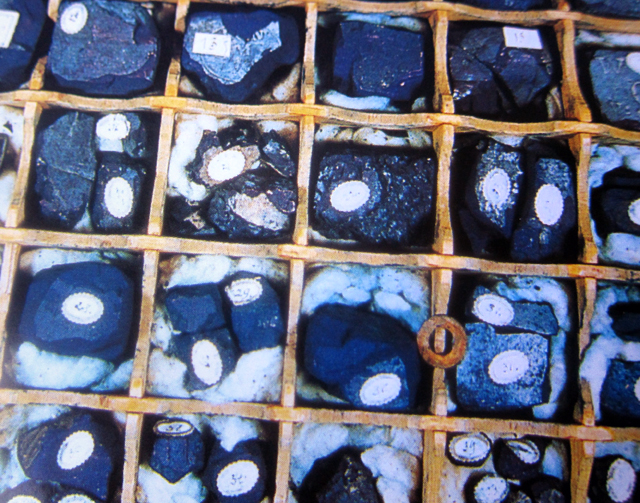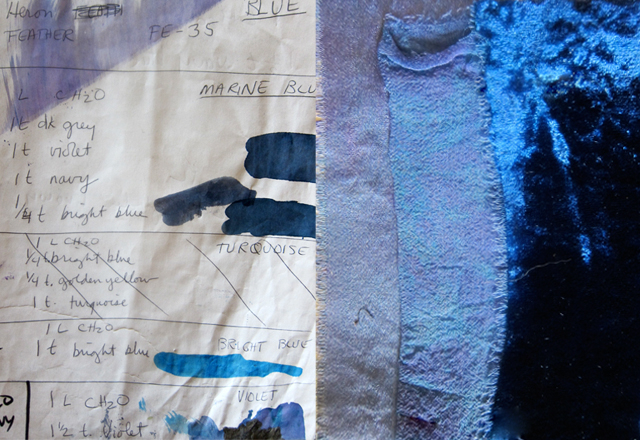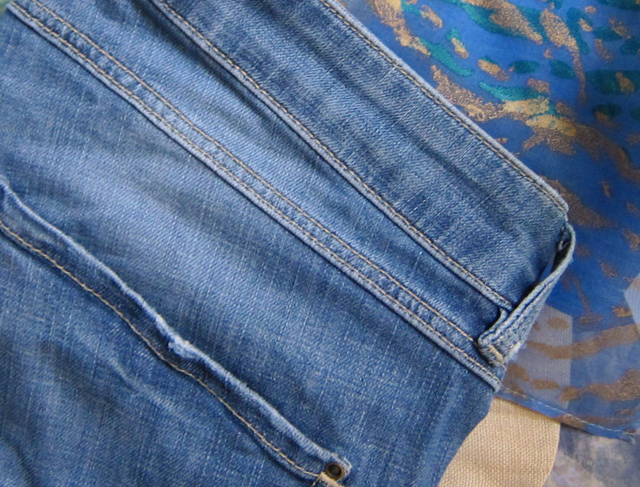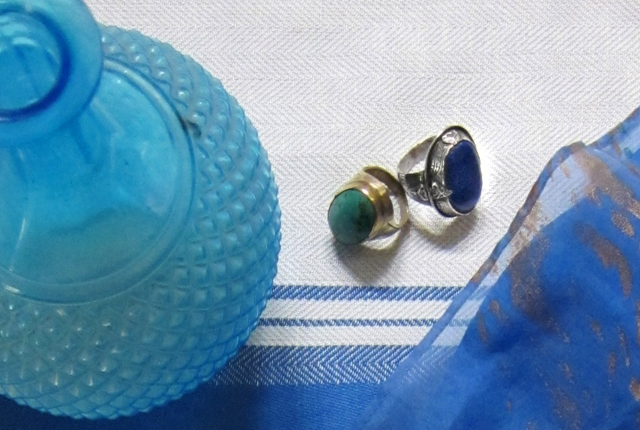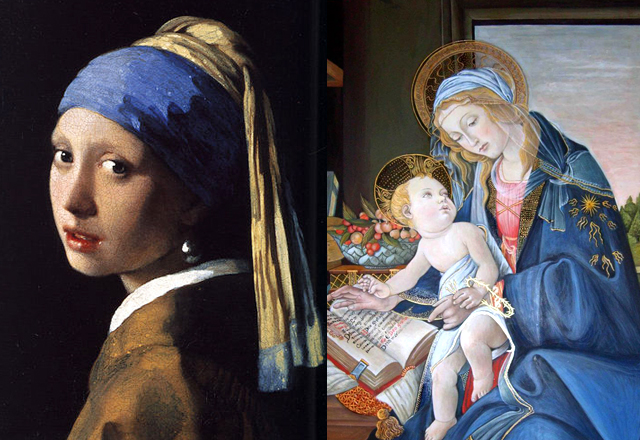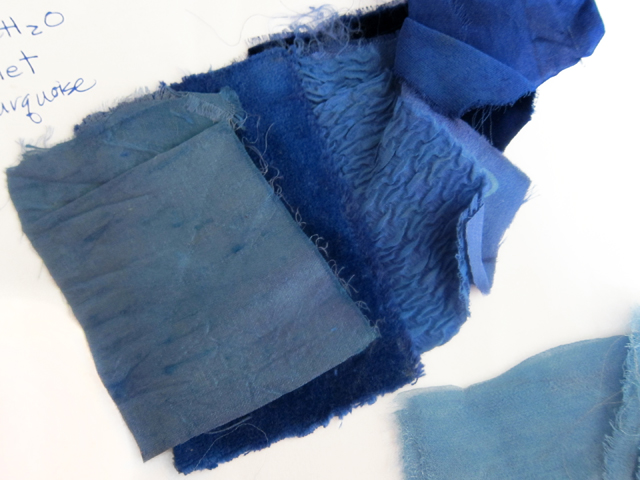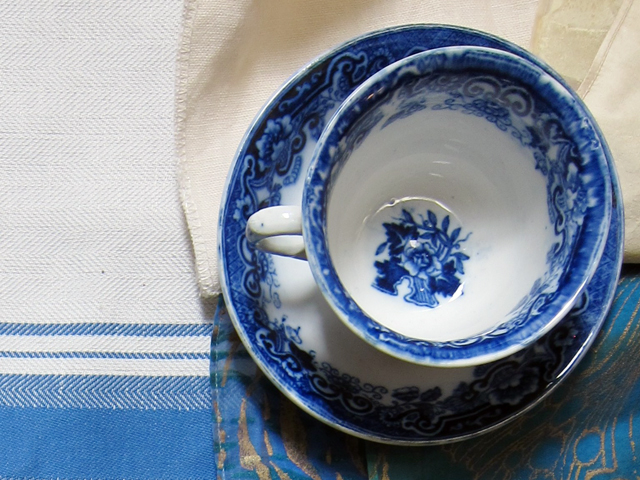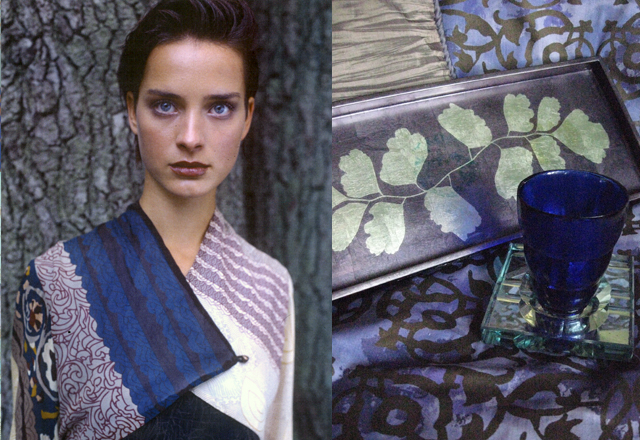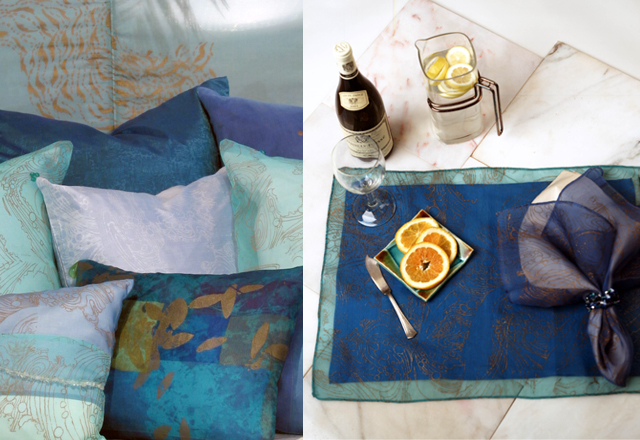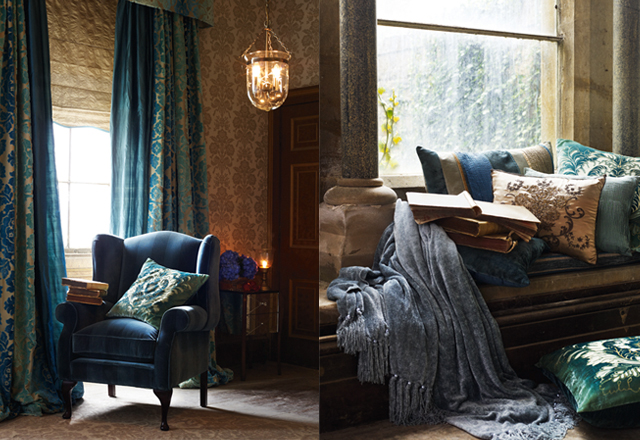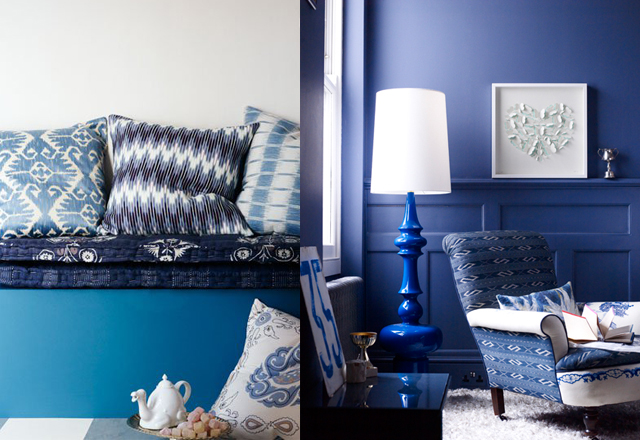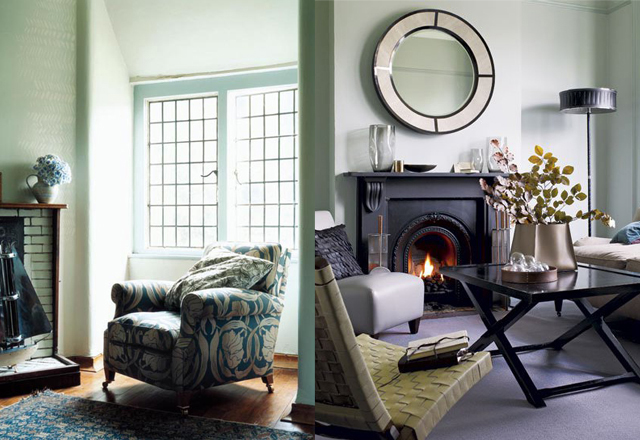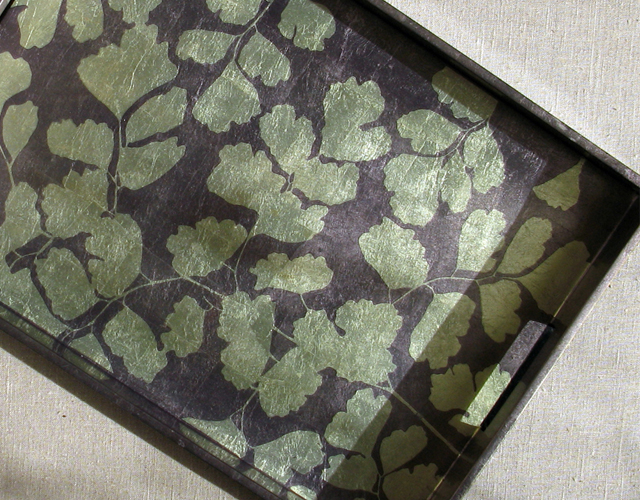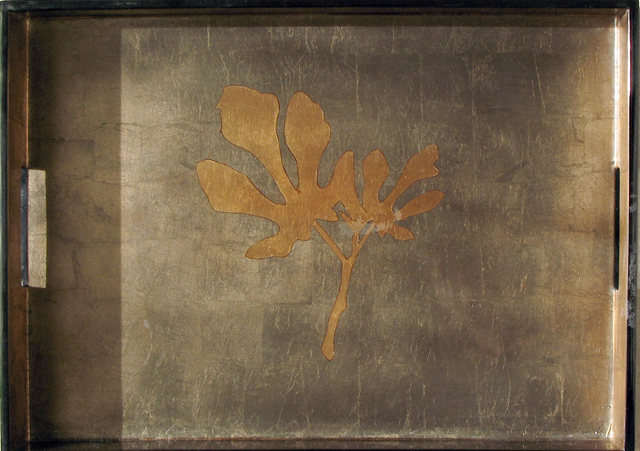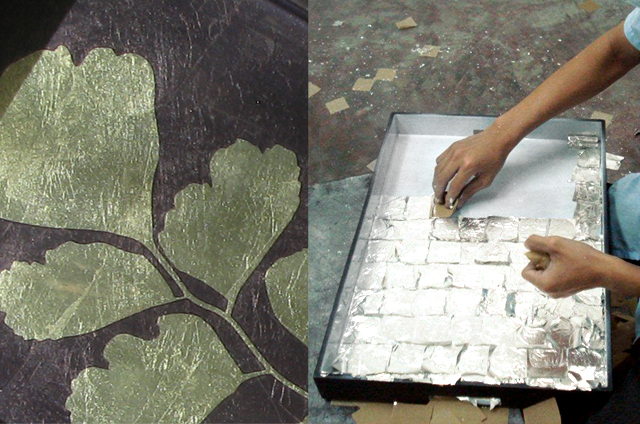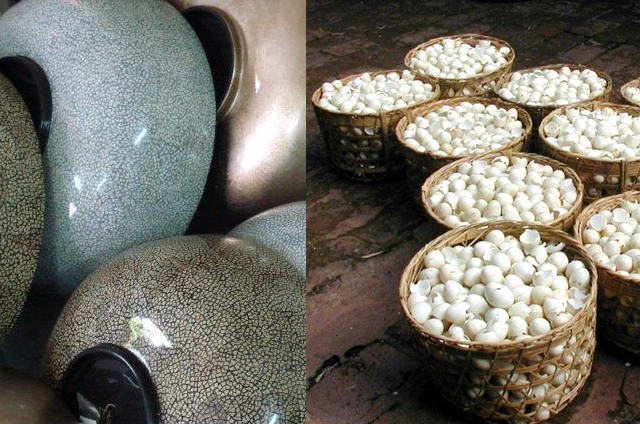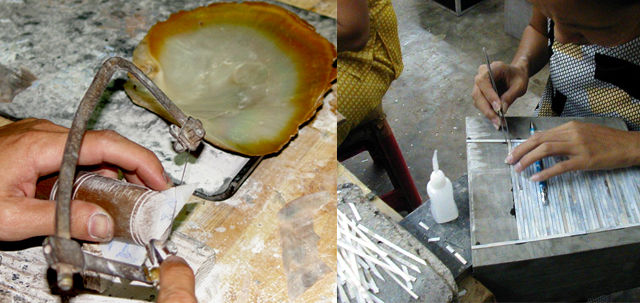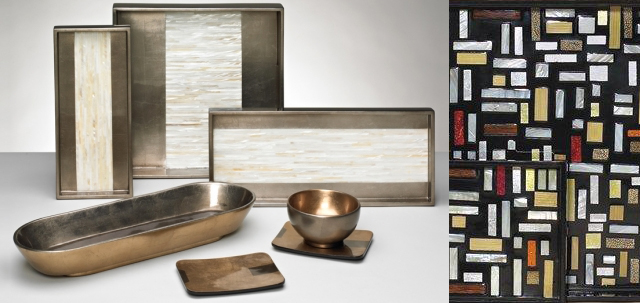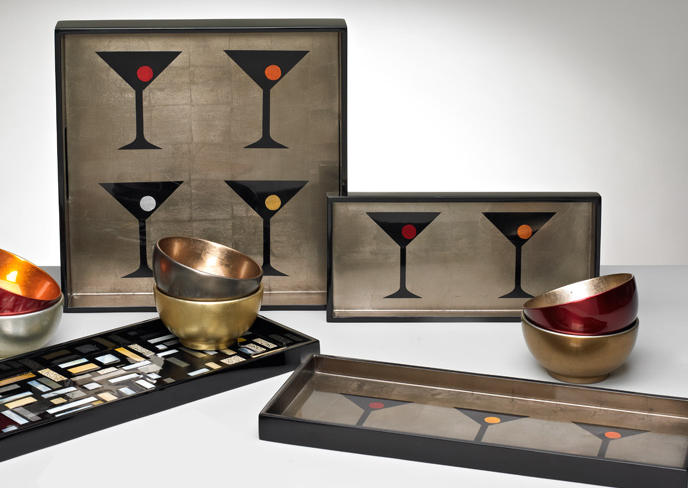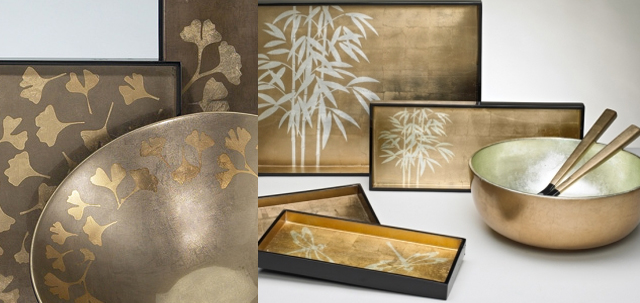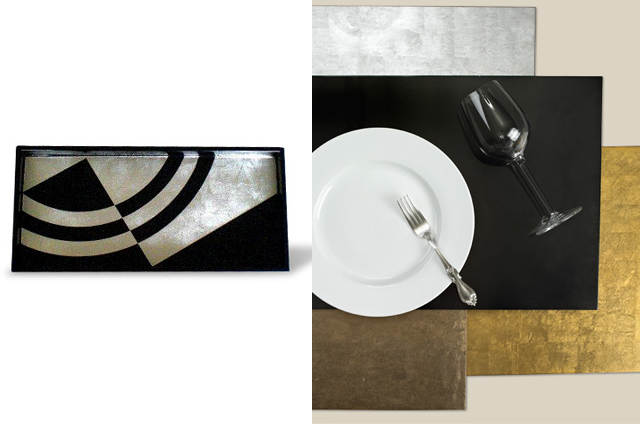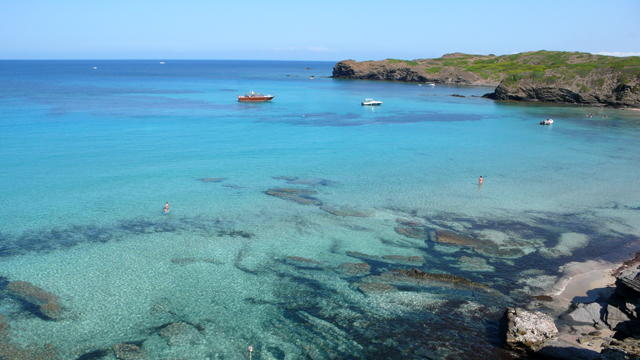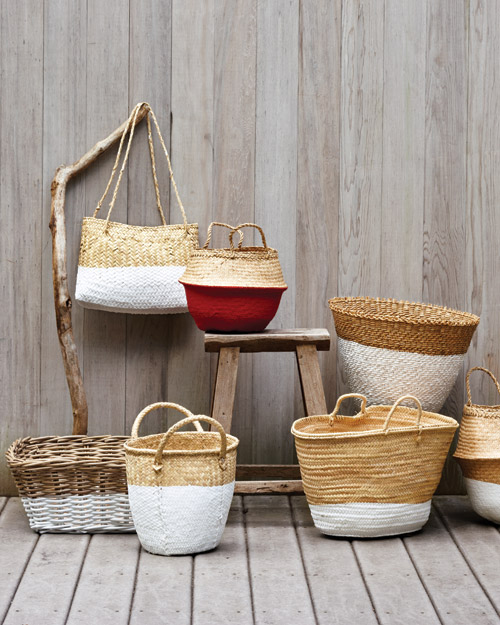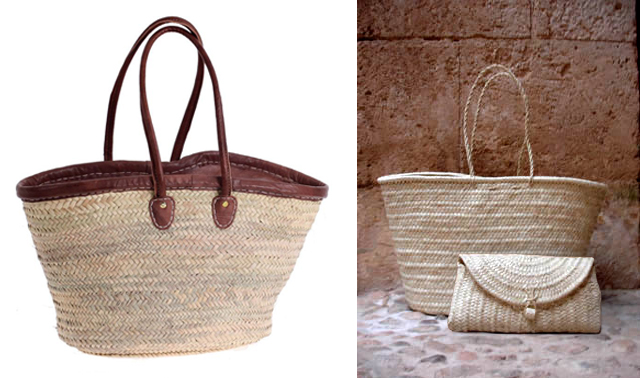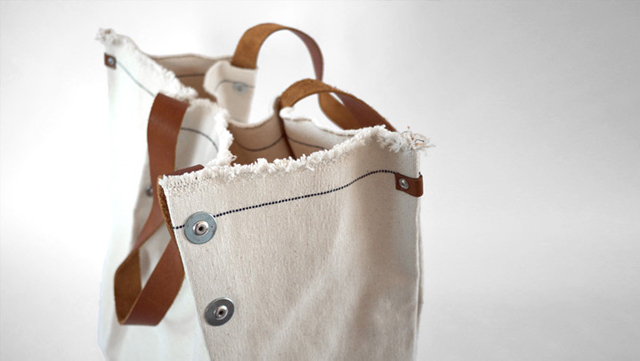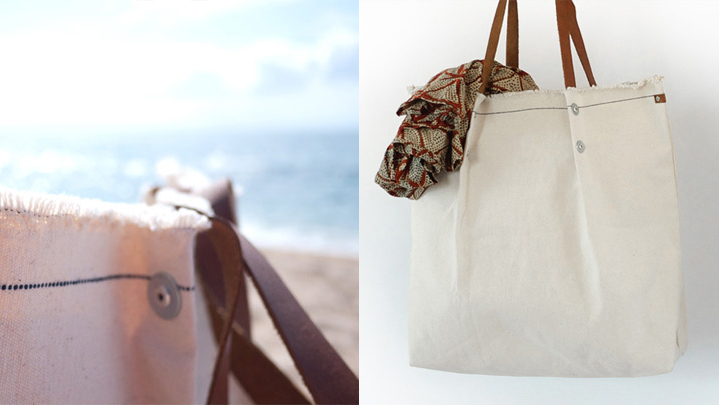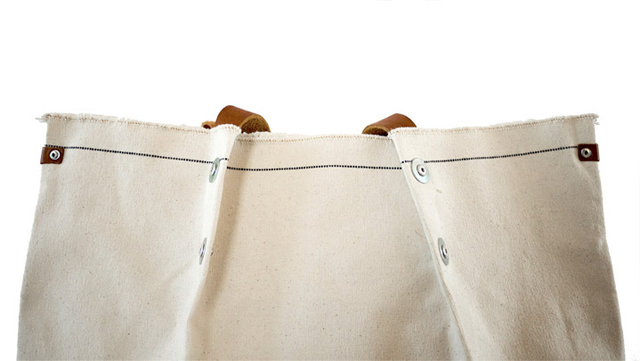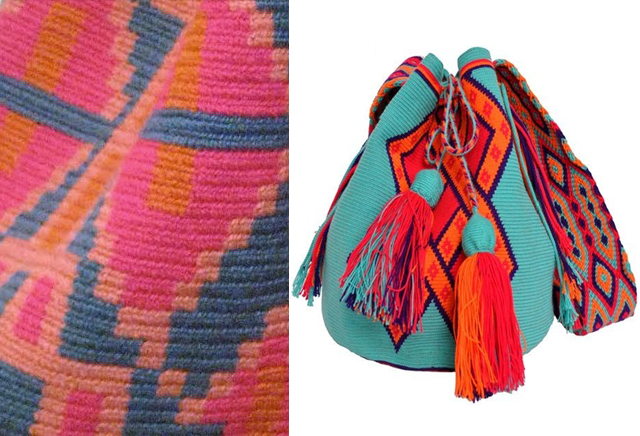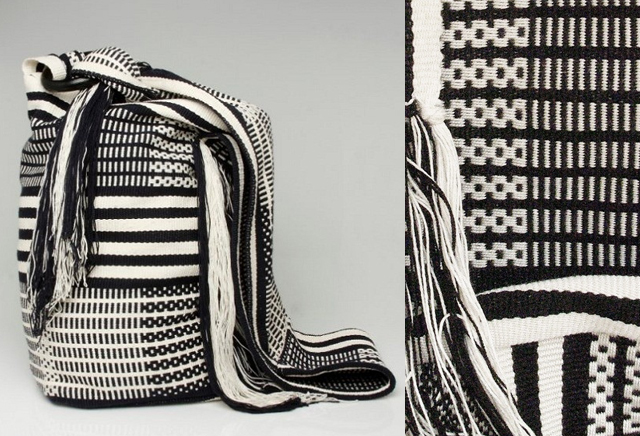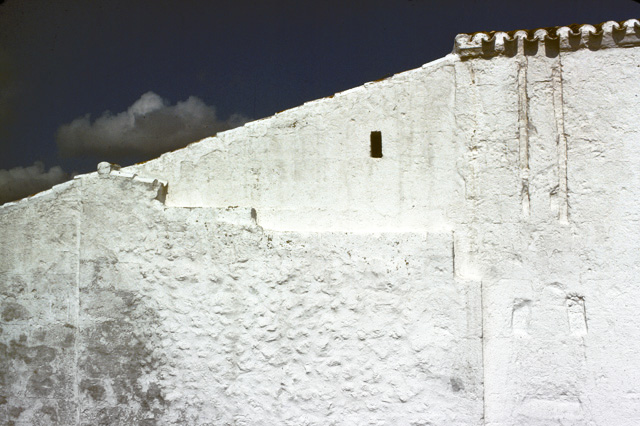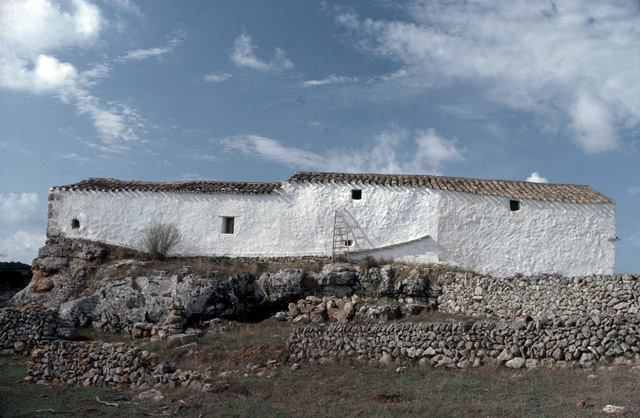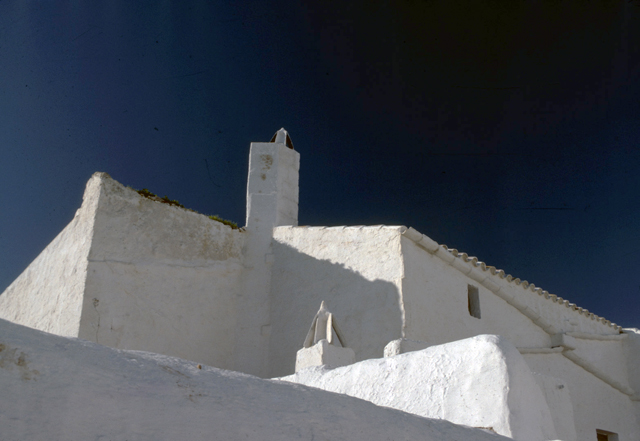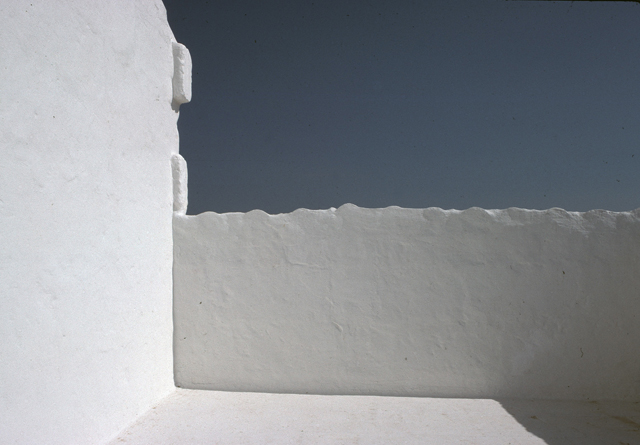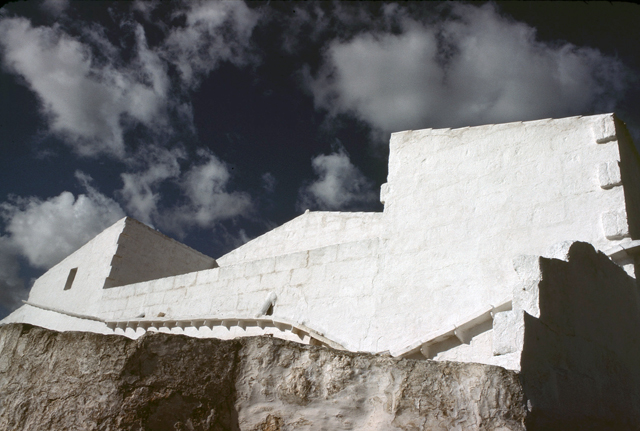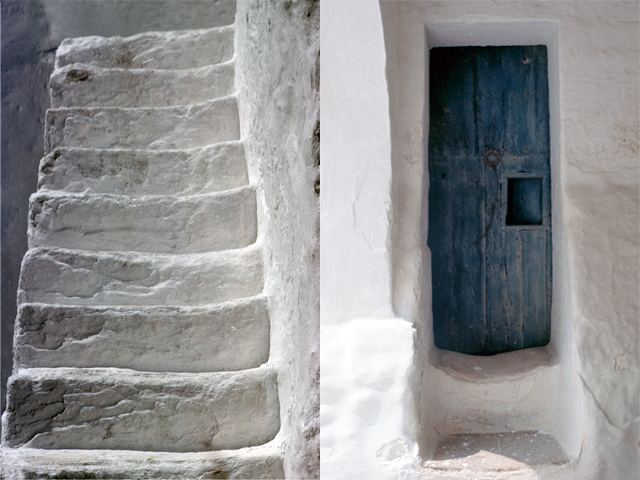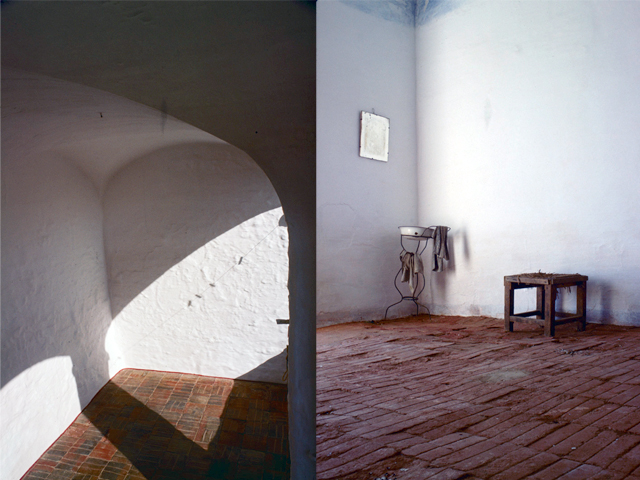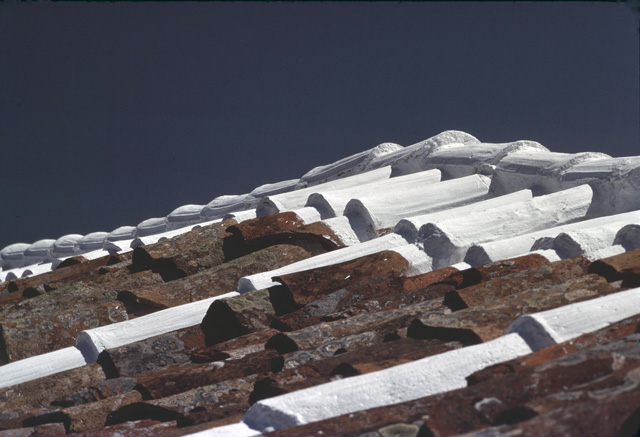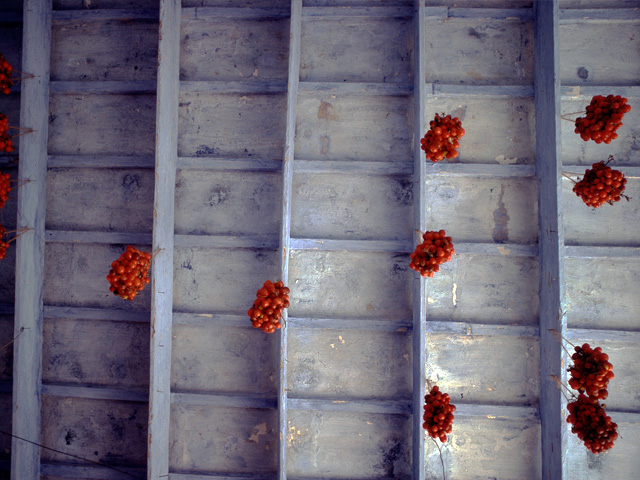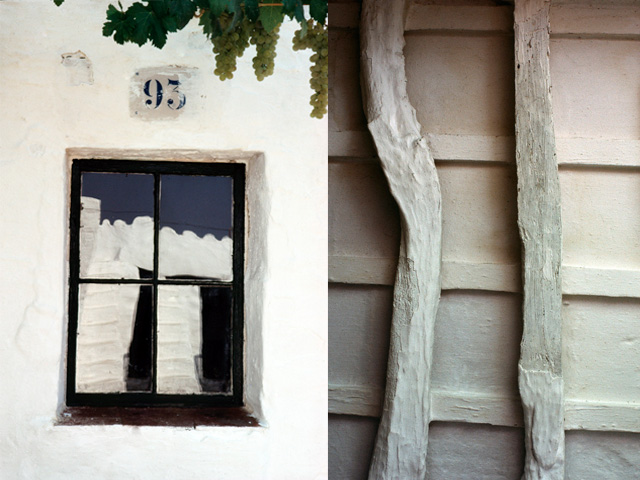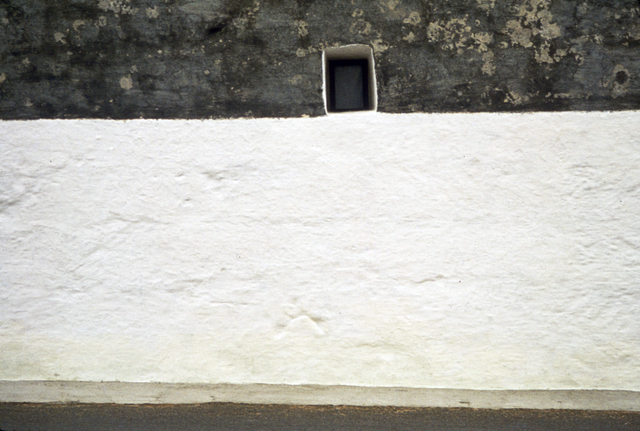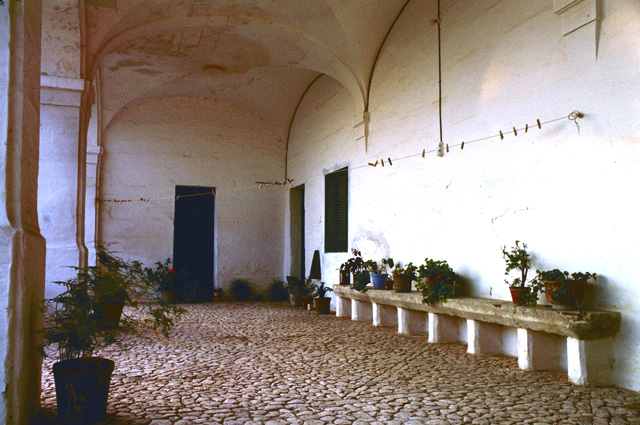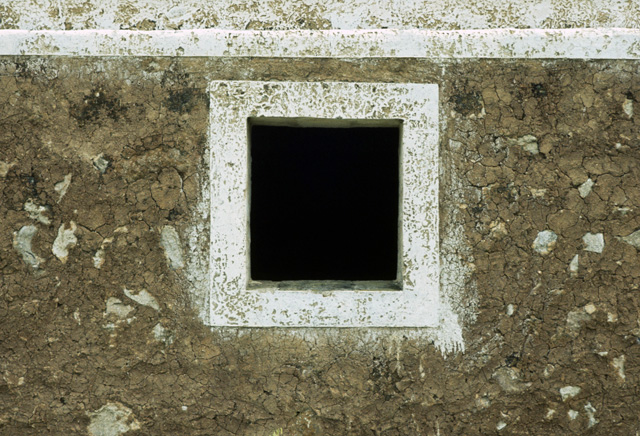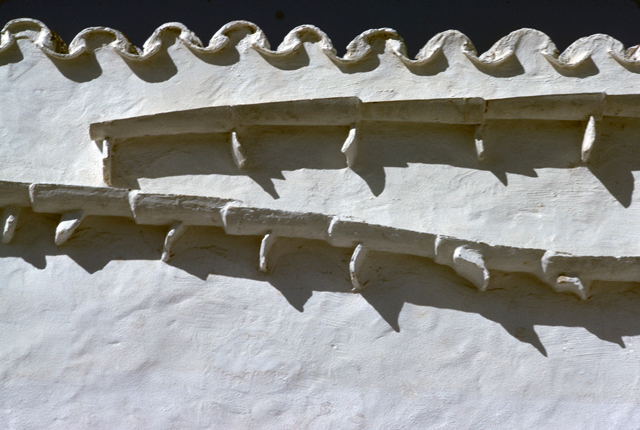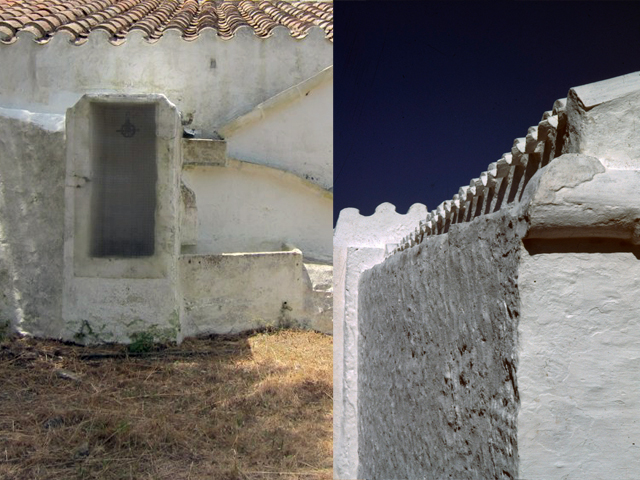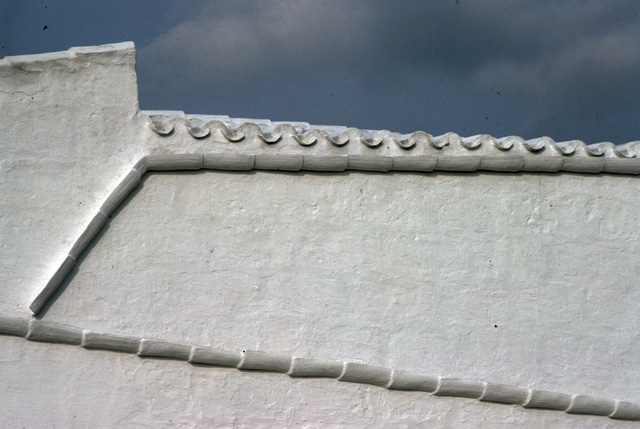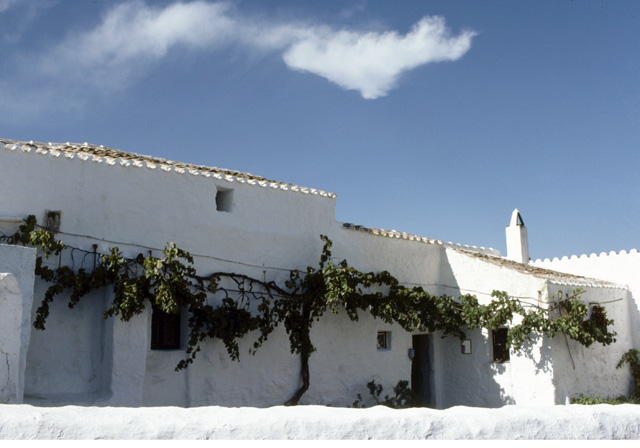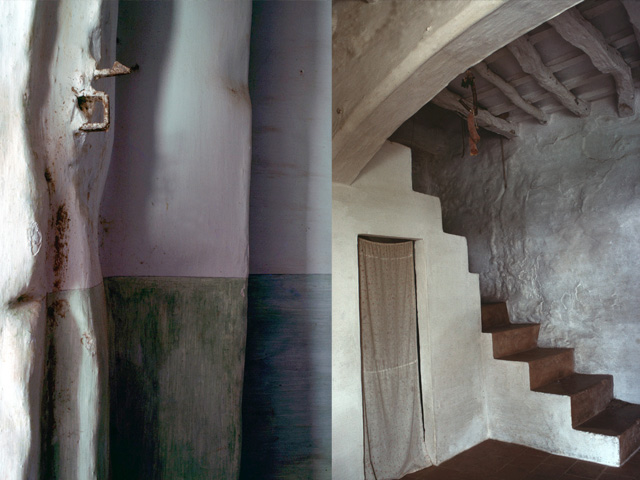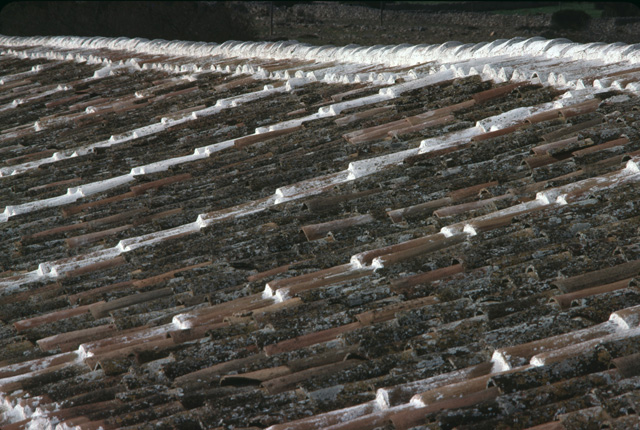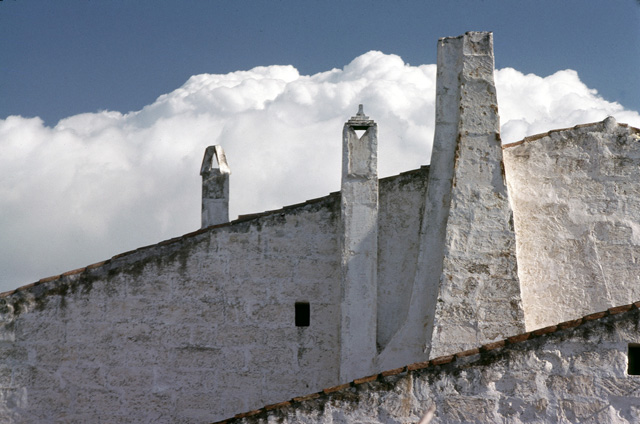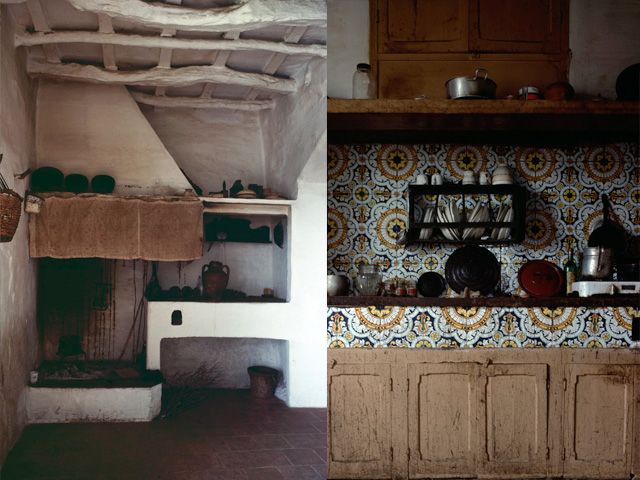Marcel Villier is a poet from the Japanese school, who instead of writing haikus makes watercolors. An adopted Minorcan — he likes to say he discovered it the same way Columbus discovered the Americas: by chance — Marcel has been painting the island from all different angles and mediums, always finding a new way to look at a familiar place. We are proud to share with you here a selection of my father’s beautiful artwork.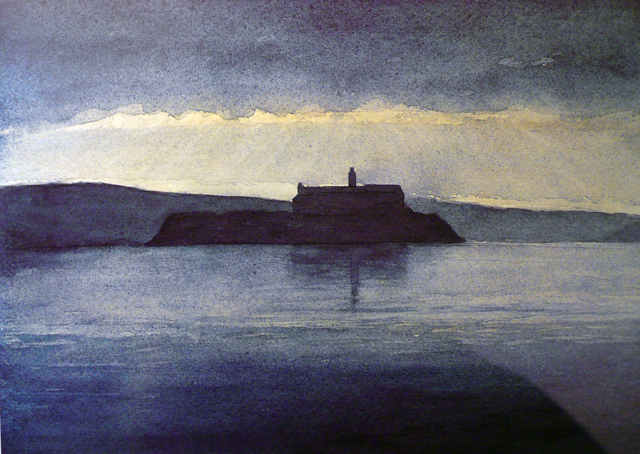
The son of artists (my grandmother is the talented illustrator, engraver and portrait artist, Marta Ribas) he grew up surrounded by brushes and drawing papers. A self-taught painter, he only realized his true calling after having worked with various jewelers and delving into the art of black and white photography.

It was only after moving to Menorca in the early 1970s, and upon meeting other creative minds that he started exploring the world of illustration, watercolor and etching. Above, one of Marcel’s earliest studies of a seashell.
I think his friend Ponç Pons captured his spirit perfectly when he said: “Marcel is an affable man, reserved, discrete, of gentle and ethereal gestures, of few words but who looks and sees plenty. Sometimes he seems to levitate, but his heart is deeply rooted in this island which he paints with the love and cheerfulness of a fawn.” (from the foreword to Architecture and Landscape of Menorca, Marcel Villier, Triangle Postals SL, 2006)
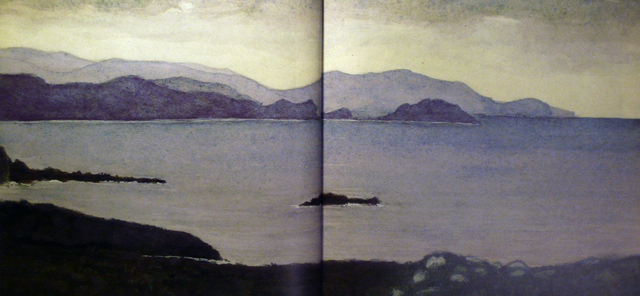
If you like art and the Mediterranean I strongly recommend this book. In it, you’ll find beautifully printed reproductions of Marcel’s landscape and architecture paintings spanning his 40 years on the island. His command of the watercolor technique is clear when he captures perfectly the ephemeral light and movement of the sky and the sea.
Truly amazing is watching him lay down the water and the layers of watercolor tones on paper, all to effortlessly create a moody and evocative piece where your eyes can roam and imagine the story behind.
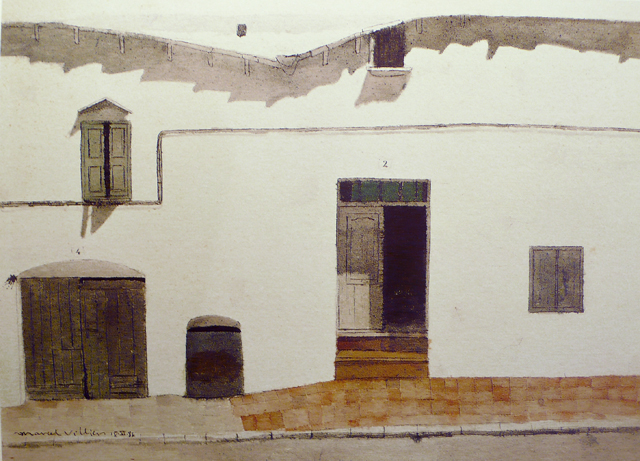
When looking at his art you can feel the heat of the Mediterranean sun and the freshness of the island breeze blowing through the olive trees. You can sense the dampness of the earth, or the quietness of the stones and doors in an abandoned house.
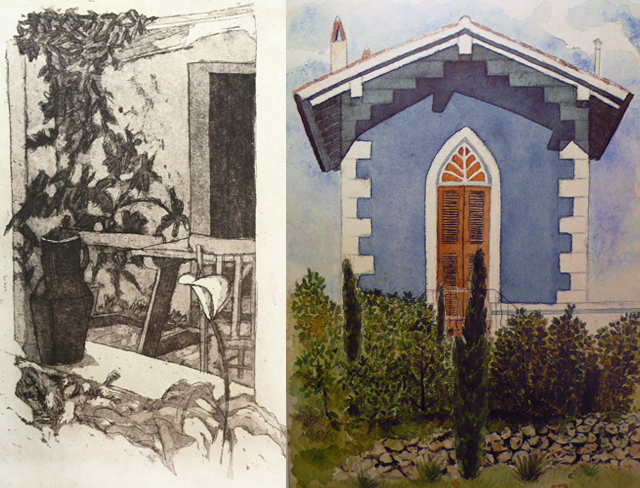
Marcel finds the beauty in the mundane objects and imperfect surfaces. He grants the inanimate objects and houses in his art a distinct personality. His love of storytelling comes through in his work, as he tells his viewers secrets that can only be told through images.
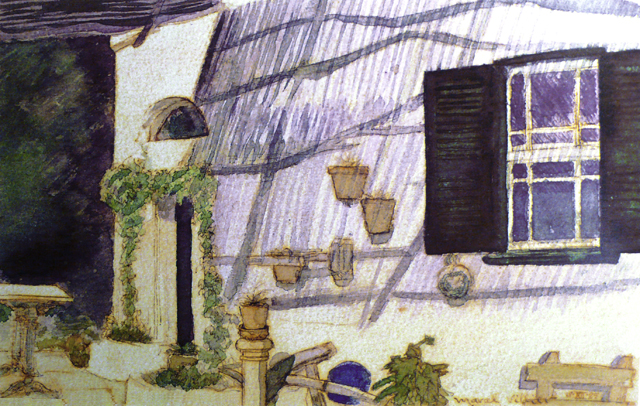
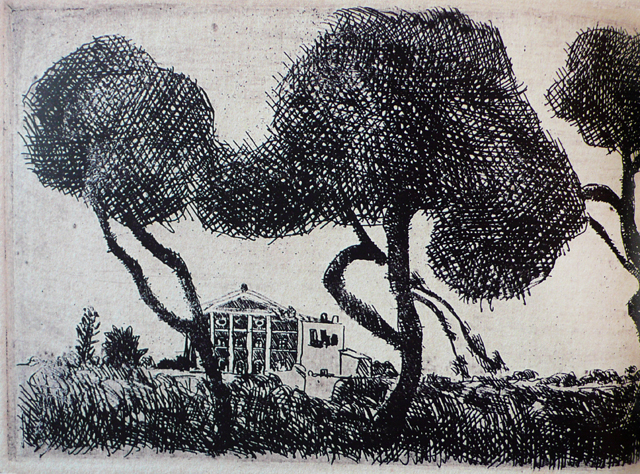
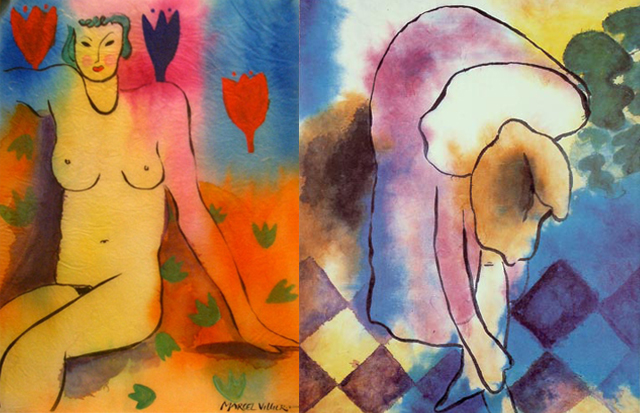
His curiosity and sense of humor transpire everything he does. Marcel’s collection of sculptures made from found objects and drift wood are one of my personal favorites. Rocco the crocodile, the Rustic Acustic Electric Guitar, Lulú the dog and Inspector Morales are some of his colorful characters.
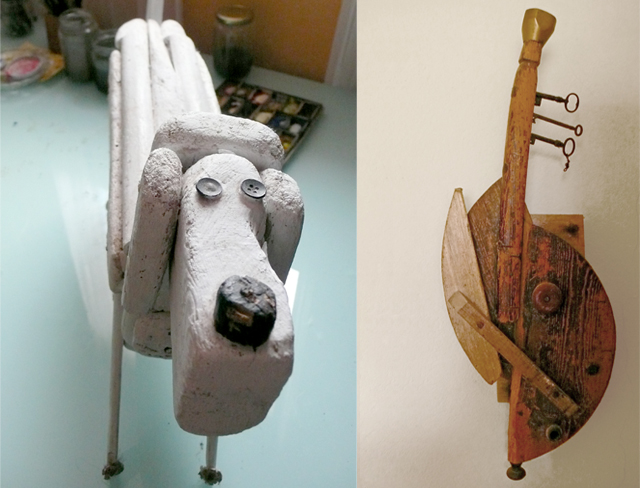
Recently, Marcel was commissioned to design a sculpture to be placed in the transited entrance to Fornells (Menorca). His Dance of the Wind, as the sculpture is called, is formed by three graceful figures that can be admired from different angles of the roundabout, creating interesting and playful shadows as the sun moves around them.
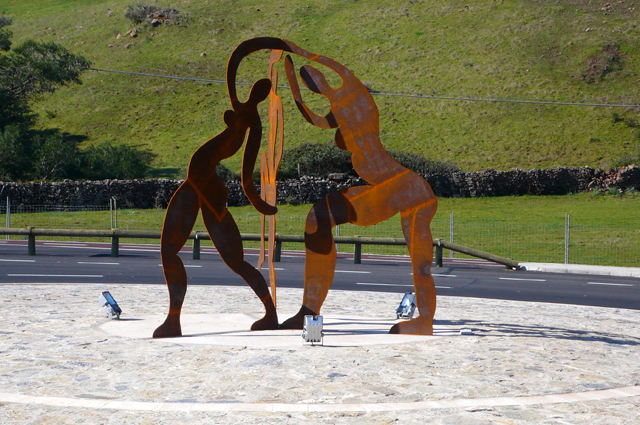
With sylph-like bodies and dynamic poses, Marcel’s bronze sculptures explore the three-dimensional world. The following form part of a limited series of figures that he modeled in wax and subsequently cast in bronze. Whimsical and elegant, they are wonderful examples of the artist’s characteristic style.
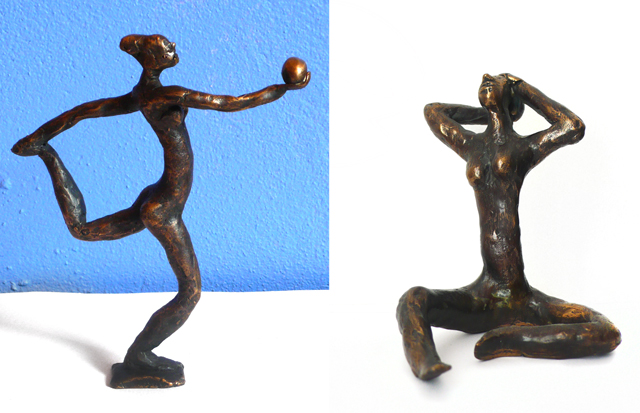
His postcards are portraits of the animal world. Part zoological exploration, part watercolor sketch, the animals in his vignettes each seem to have a life of their own.
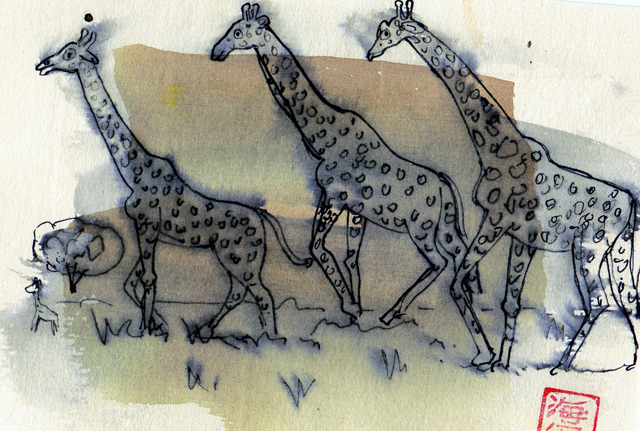
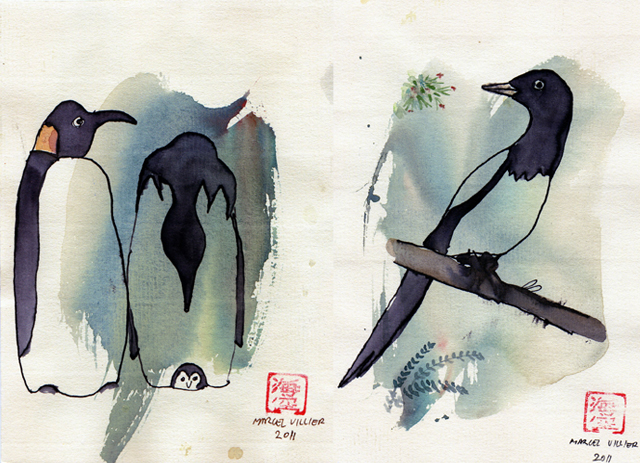
BiniChic’s admiration of Marcel’s talent and creativity goes back many years — and in my case, a lifetime. It is with great pleasure that we write about him on BiniChic and share with the rest of the world the work of this wonderful artist.
We are happy to announce that his animal portrait postcards and bronze sculptures will soon be available in a signed and numbered series at the BiniChic Store — opening soon. Stay tuned!




